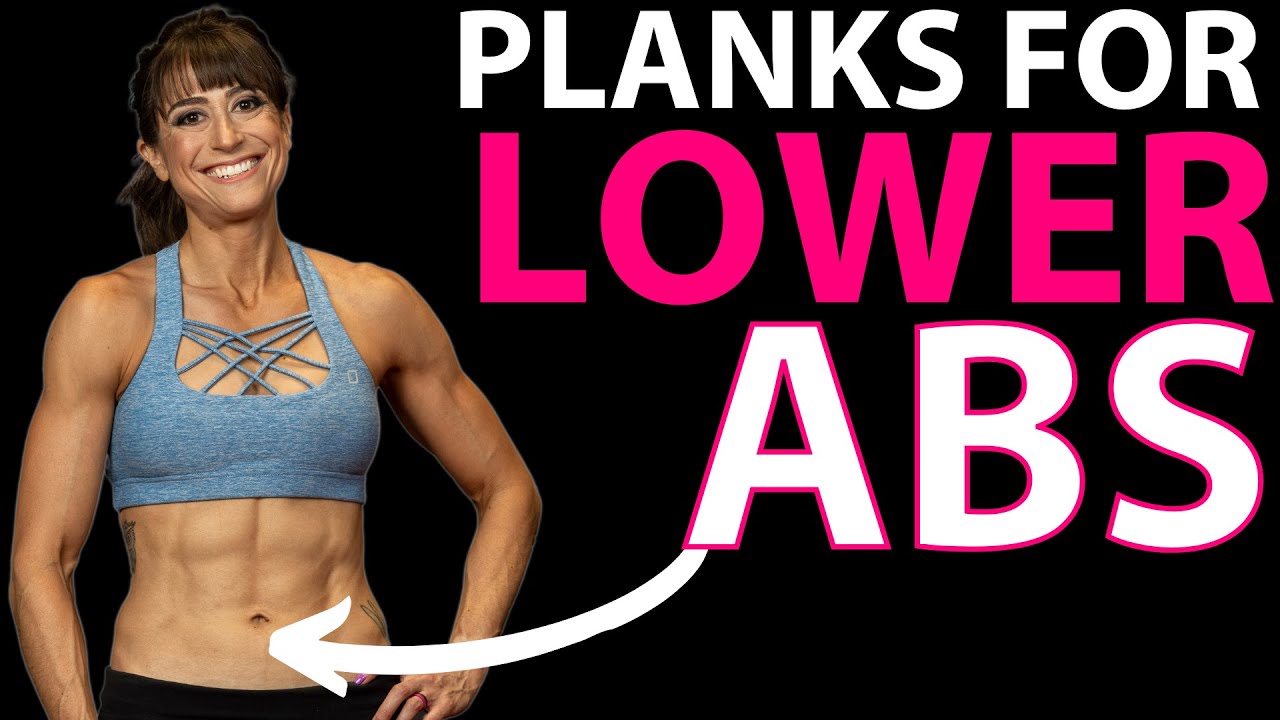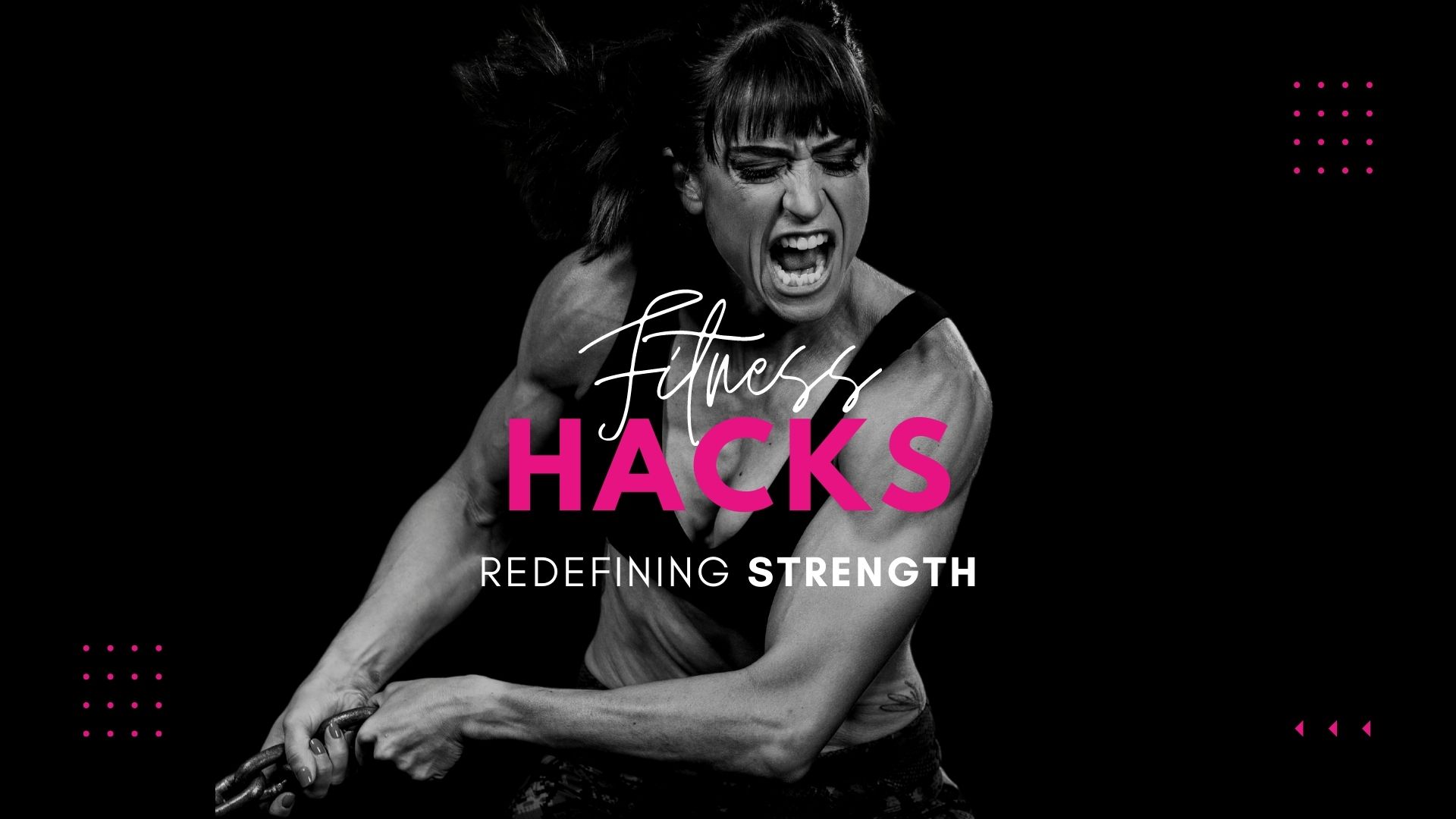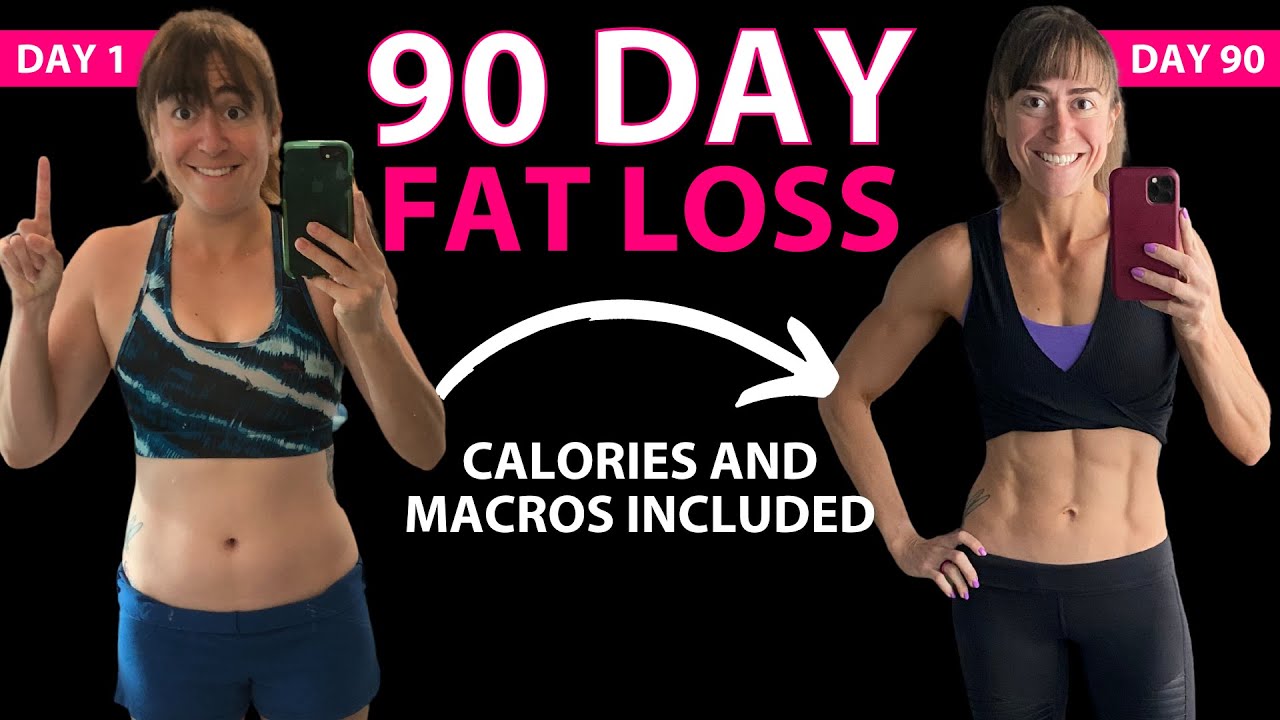
The 3 Best LOWER AB Focused Planks
Looking to mix up your core training and find something you really feel working those abs, especially the lower abs, while also helping you avoid an achy lower back?
Then you’re going to love these 3 amazing plank variations.
Planks can be both great isometric exercises, but also more dynamic movements to target and strength our abs.
And with some specific variations, we can target that lower portion of the rectus abdominis even more!
That’s why I want to show you 3 ways to use planks to target those lower abs…including one move that is a great untraditional and challenging plank option even if you can’t do traditional planks due to shoulder issues!
And at the end I’ll share a great quick burner layout so you can use these 3 moves at the end of your workout!
3 Lower Ab Focused Planks
1: Dolphin Planks
If you really want to target your lower abs, you need to include exercises that utilize the posterior pelvic tilt.
This tilting of the pelvis, tucking the hips toward the ribs, really engages that lower portion of the rectus abdominis while also working your glutes. And it is a great way to learn how to brace to protect your lower back from aches and pains as well.
While you can use the posterior pelvic tilt in a plank as an isometric hold, doing a plange plank, you can also include this tilting as a dynamic movement during the plank.
This dynamic plank variation using the posterior pelvic tilt is the Dolphin Plank and a great way to challenge your abs.
You will use that tuck up to engage those lower abs, but also challenge your abs to protect your spine as you test out your spinal extension, slightly dropping your hips toward the ground.
This forces your abs to brace as you extend, but be mindful you don’t end up simply engaging your lower back!
To do this move, set up in a plank from your forearms and toes with your feet together. Make sure your shoulders are stacked over your elbows and your upper back is engaged so your shoulders aren’t shrugged.
Drive back through your heels as you flex your quads to hold in a nice straight line. To improve your base, you can widen your feet out to shoulder width.
Then tuck your pelvis under toward your ribs, rounding through your entire spine even to tuck. Do not push your butt up in the air and end up shifting your shoulders back behind your elbows.
You really just want to round through your spine as you tuck your hips toward your ribs, engaging your abs and glutes.
Even think about drawing your belly button in as you exhale to pull your abs in hard.
Then begin to lower back down into that plank position. As you lower though, try to go a little past that straight line as if extending to slightly drop your hips.
You want to feel your abs almost FIGHTING against you lowering to prevent your back from really arching.
You’re testing out your ab brace as you extend.
Then tuck right back up, tilting your pelvis again.
Do not push backward as you do this movement. Keep your shoulders stacked over your elbows.
Pause in each position to really feel your core working. Really move slowly through the movement to focus on feeling your abs.
If you feel your lower back, either modify to the static plange plank hold or use an incline.
To modify this move an incline works best. The higher the incline the less pressure or strain there will be on your shoulders and even core so you can really focus in on those abs working.
You can also do this starting on your hands and knees but be conscious that, while it may look like the cat cow stretch, you are truly engaging your abs to round up. I like to call this variation the vomiting cat because I want my clients drawing in their abs as if trying to really hollow out their belly!
2: Lower Ab Plank
This move is not a traditional hands and feet or forearms and feet plank. But it is an amazing core isometric hold and a move that is great to target those lower abs.
I personally call it a Lower Ab Plank so wanted to include it as an option because often when people have shoulder injuries and can’t do planks they feel a bit lost about what options are out there.
So if you need to take your upper body and shoulders out of the equation, this is a great option to target those lower abs…although don’t forget about using the incline as well to regress moves and build up!
This exercise is advanced though and you need to have mastered that basic pelvic tilt hold to brace so you don’t feel your lower back or hip flexors only working.
To do the move, you will lie on your back with your arms down by your sides or hands behind your head.
To start you can raise your legs straight up toward the ceiling and tilt your hips towards your ribs to press your lower back into the ground. Or you can start with your knees bent to really set up the posterior pelvic tilt before extending your legs.
Maintaining that pelvic tilt, lower your legs down so they are only an inch or two off the ground and hold. Better to even hold up a few inches higher to keep that ab brace and even squeeze your glutes.
Focus on really bracing those abs as you hold.
If you feel your lower back taking over, raise your legs up higher or even bend your knees. You can even start with just one leg extended.
Lifting your head to perform an upper body crunch can both make the move harder, but also help by flexing your spine.
Make sure to breathe and focus on engaging those abs, keeping that tilt. You do not want your lower back taking over. If it does, your lower back and not your lower abs are getting worked by this move.
Better to modify and focus on those abs than do a harder variation where you compensate!
3: Body Saw
Extended planks or long lever planks have actually been shown to increase ab activation over the traditional plank, especially of the lower portion of the rectus abdominis.
That’s why it’s key to include some extended plank positions in your routine.
You just want to be very conscious you don’t overload your neck and shoulder OR let your butt start to hike up in the air as you do these moves.
One great dynamic way to include the extended plank position in your routine over simply holding is with the Body Saw.
The great part about this plank variation, like with all plank variations, is you can also modify this move off an incline.
And if you have wrist issues you can do it from your forearms or you can also give yourself more space and change things up by doing this movement from your hands to work your arms more!
To do the basic Body Saw plank from your forearms, set up in a plank position from your forearms and toes with your feet close together and elbows under your shoulders.
You want a nice straight line from your head to your heels. Make sure to engage your back to support your shoulders and make sure they aren’t shrugged.
Then begin to walk your feet backward, taking small steps. Keep your body in a nice straight line and don’t let your hips sag toward the ground.
Lengthen through your triceps and shoulders as you walk back.
Walk back as far as you can while keeping your core engaged.
Then walk your feet back forward until you are back in the standard plank position. You do not need to walk more forward than simply back so your shoulders are over your elbows.
Make sure you feel your abs bracing as you extend back. Do not push your butt up in the air or let your hips sag toward the ground.
Repeat walking back out.
Remember you can modify the move off an incline to reduce the strain on your upper body and core.
To advance this move as well, you can also add in sliders, sliding back instead of walking. That reduces traction and even makes that pull back in so much harder! Just make sure you can control the move before progressing!
SUMMARY:
Using these 3 plank variations you can really work your abs while targeting that lower portion of your rectus abdominis even more!
To use these as a workout….
Lower Ab Burner:
Set a timer for 20 seconds per move starting with the Body Saw then the Dolphin Plank and ending with the Lower Ab Plank.
Rest 20 seconds between rounds to make sure you can really focus on bracing hard each round and complete 2-3 rounds through.
You want to focus on short intervals so you can engage everything hard over just focusing on holding for longer and letting your lower back or hips become overworked!
The BEST results happen when our diet and our workouts WORK TOGETHER!
Check out my RS Formula for FABULOUS results:





